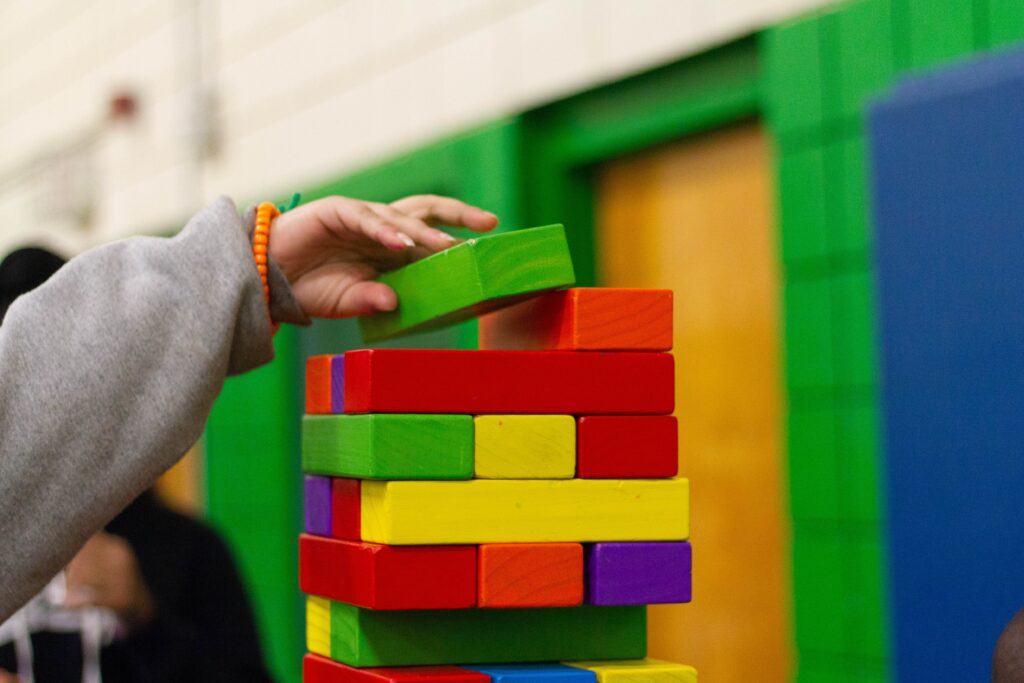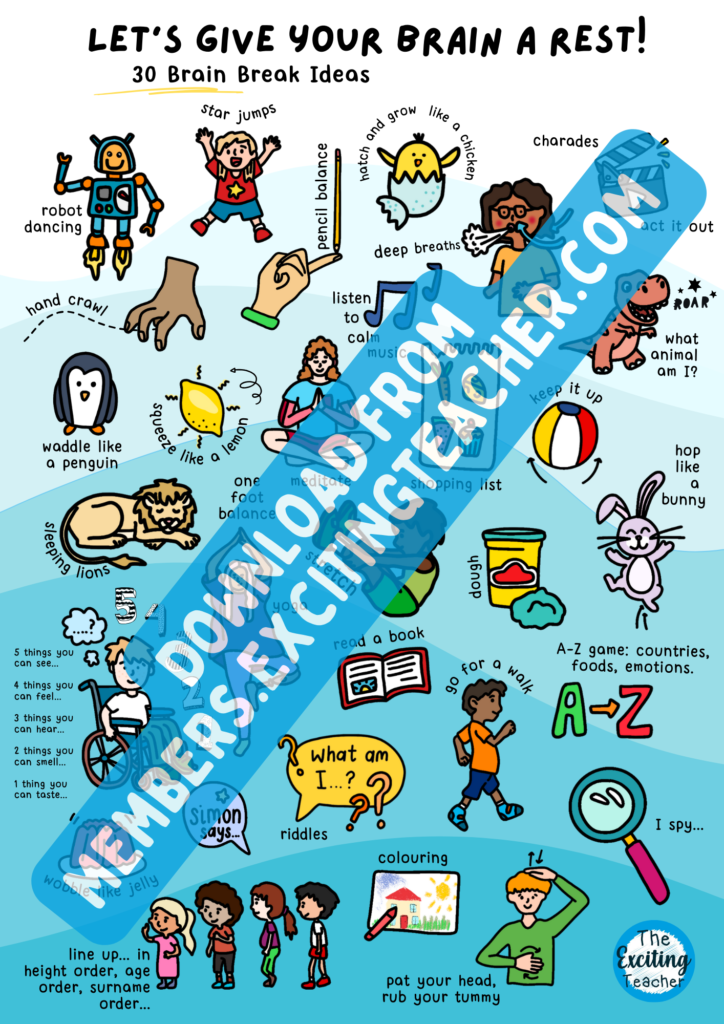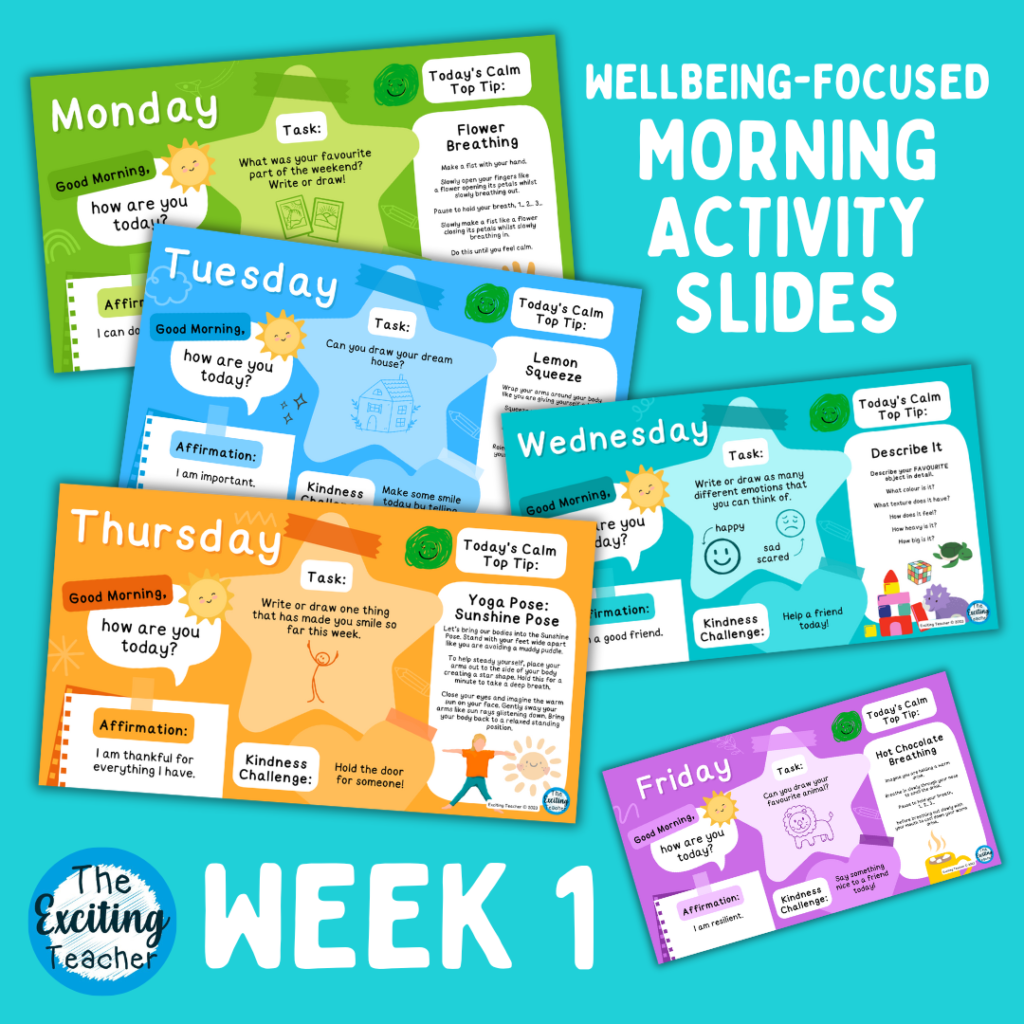Let’s be honest – it’s hard for little ones to stay focused and engaged in the classroom all day long. However, short activity breaks known as “brain breaks” can make a huge difference for children’s learning and development! Adding these quick bursts of fun into the school day can seriously benefit children in so many ways.
Boosting Brain-Power
Studies show brain breaks build key thinking skills like focus, memory, and self-control (Centres for Disease Control and Prevention, 2010). Letting the brain recharge away from academics allows it to refuel. An America study, showed that a group of 3rd grade children (Year 4) did better on Maths tests after a 10-minute break with coordinative exercise (Erwin et al., 2012). Breaks may also help children remember and apply knowledge long-term (Mullender-Wijnsma et al., 2015). Powerful stuff!
Breaks Supporting Mental Health and Emotional Regulation
Brain breaks can be really helpful for children’s mental health and emotional regulation! Short breaks give their developing brains a chance to reset.
Have you ever noticed how after sitting still for a long time, kids start to get antsy in their seats? Their little legs start swinging, they gaze out the window, and their attention spans dwindle. This is a good sign that their brains need a break (Jensen, 2005). Breaks that get kids up and moving help release pent-up energy and stress. After releasing energy and stretching their muscles, children will return to learning feeling more refreshed and alert (Perera et al., 2015).
For children who feel strong emotions like frustration, anger, or excitement, brain breaks can also help improve self-regulation. Taking a few minutes for breathing exercises, quiet reading, or mindfulness can give an emotional brain a chance to settle and return to a calmer state. This makes it easier to get back on task without losing control of emotions (Razza et al., 2013).
The mental health benefits don’t stop there. Breaks build community and optimism when done together. Laughing, playing, and cooperating helps satisfy social-emotional needs. Achieving challenges during an active brain break promotes confidence and resilience (Whittaker et al., 2018). Brain breaks really do help little minds blossom.
Movement and Improving Behaviour
Brain breaks are linked with less fidgeting, decreases in inattention, and reducing hyper-esque behaviour in the classroom (Mahar et al., 2006). Even a quick 5 minutes of movement may positively impact children’s behaviour (Ma, Le Mare and Gurd, 2014). Teachers find children are more attentive after active breaks. By calming restlessness, brain breaks help children focus and cooperate.
Short Breaks to Enhance Learning
On top of cognitive and behavioural benefits, brain breaks improve academic performance. Short exercise boosts reading and comprehension for elementary children (Fedewa et al., 2015). One study showed group activity breaks decreased off-task behaviour and increased accuracy and speed in their work (Bartholomew and Jowers, 2011). After a break, children are primed to take in new information and master skills.
Easy Ways to Add Brain Breaks
Brain breaks don’t have to take up much time or resources. Quick ideas include jumping jacks, dancing, Simon Says, and guided stretches. Try leading 3-5 minute movement sessions throughout the day or after intense learning. Breaks can even incorporate academic concepts, like spelling through movement. With a dash of creativity, teachers can easily use brain breaks to energise and motivate children.
The evidence is clear – brief physical and mental breaks help kids’ cognitive skills, behaviour, and academics. By sprinkling in quick brain breaks, we can set children up for learning success.
Find our other blog posts here.
Helpful Resources:
Share on:
Pin this:




